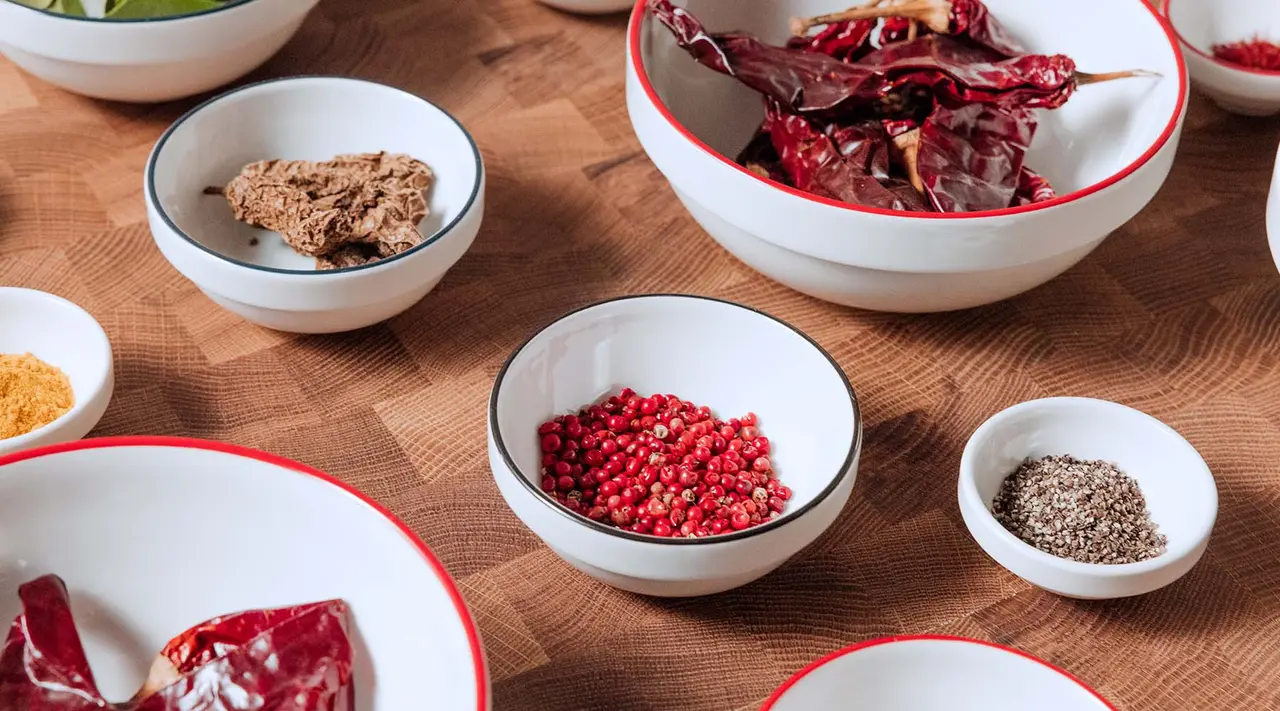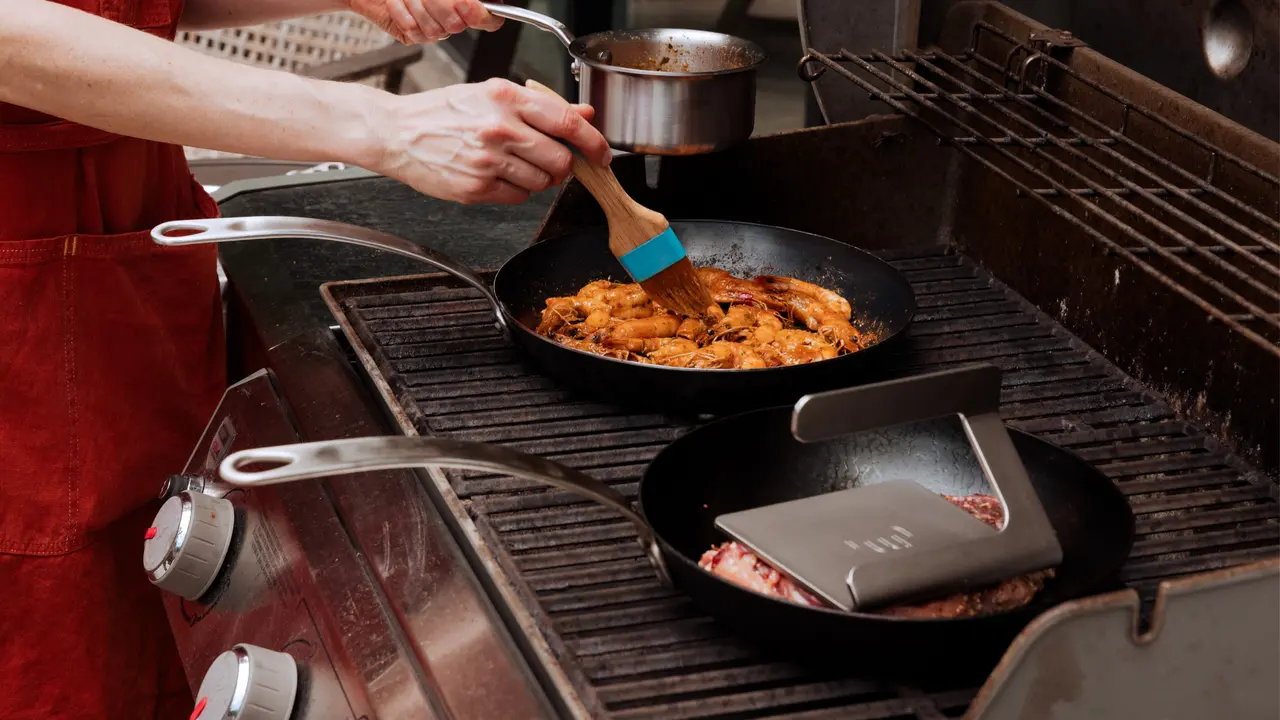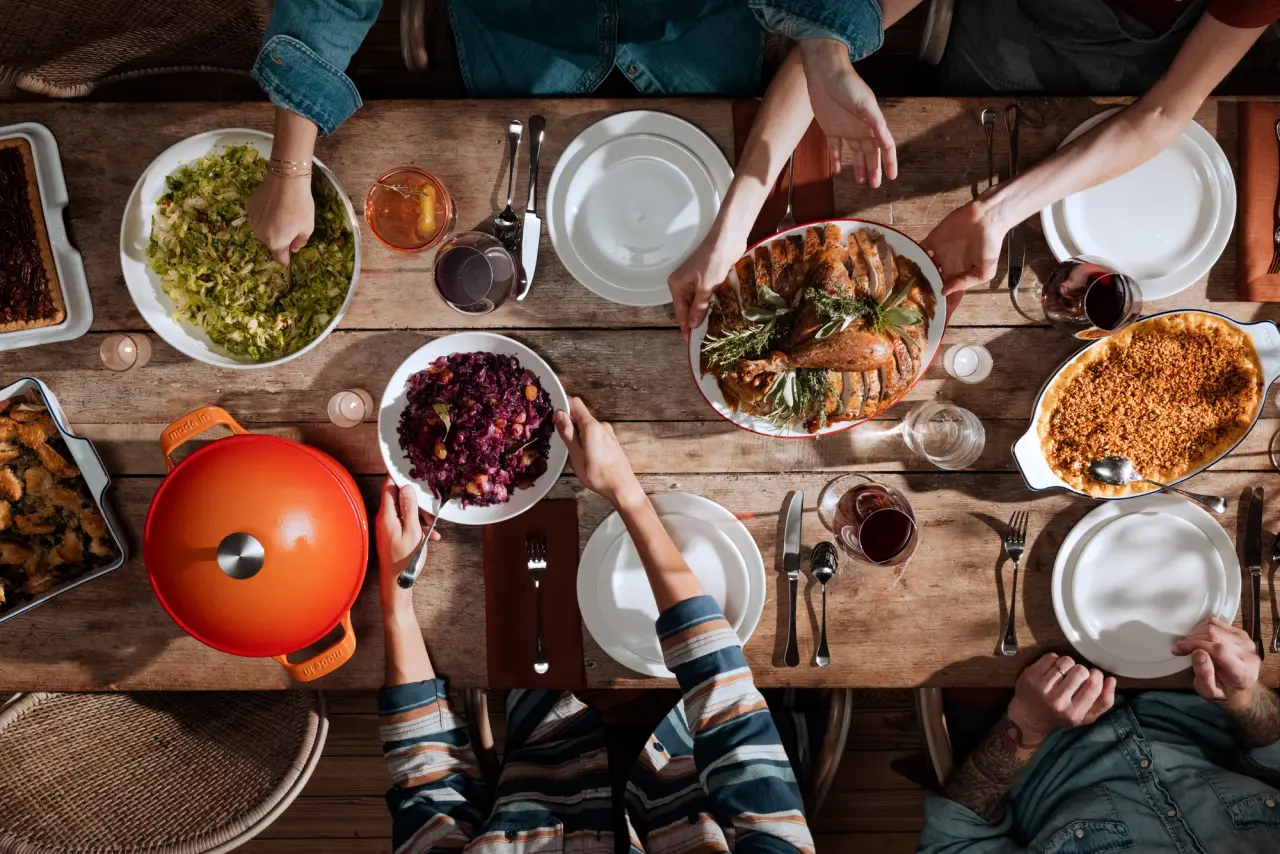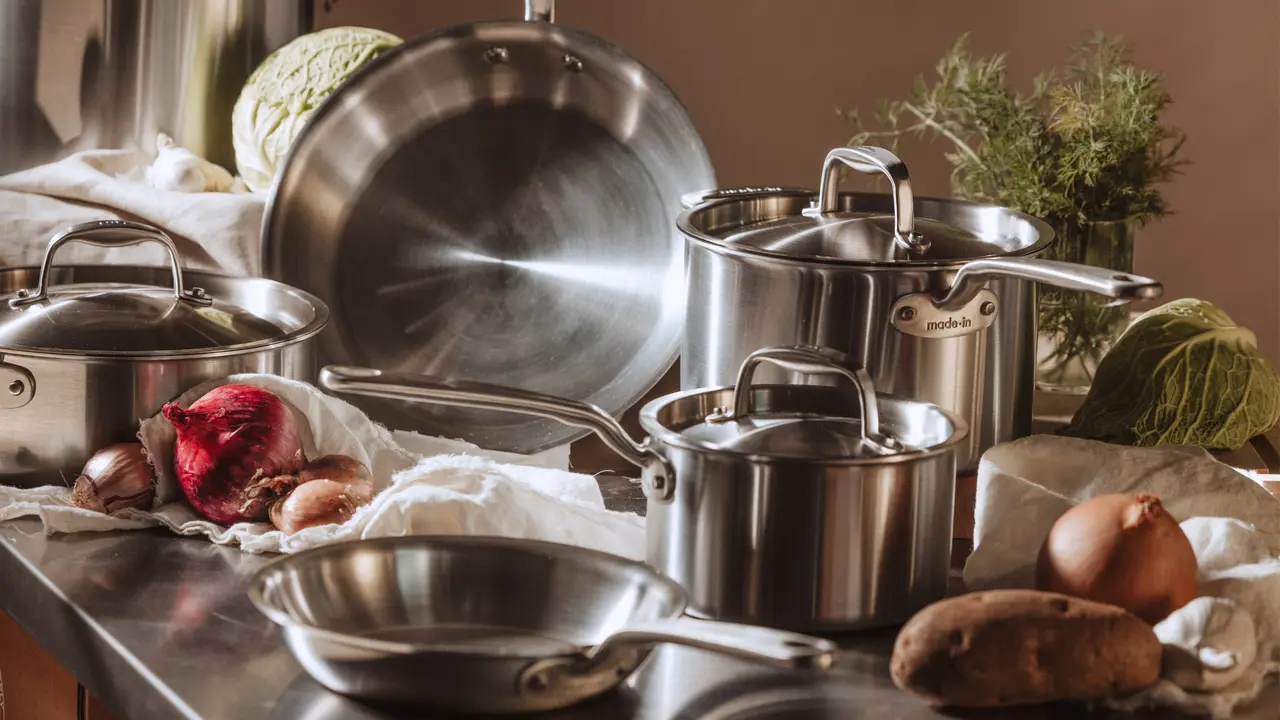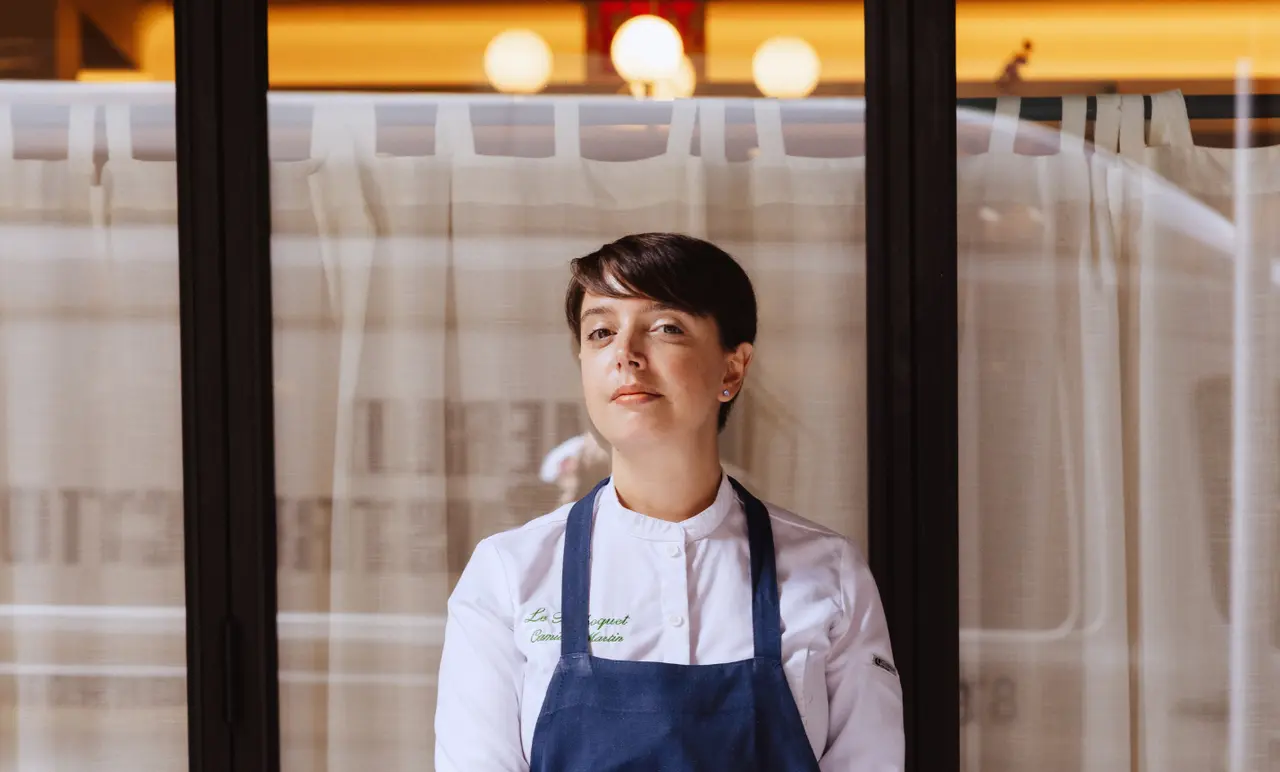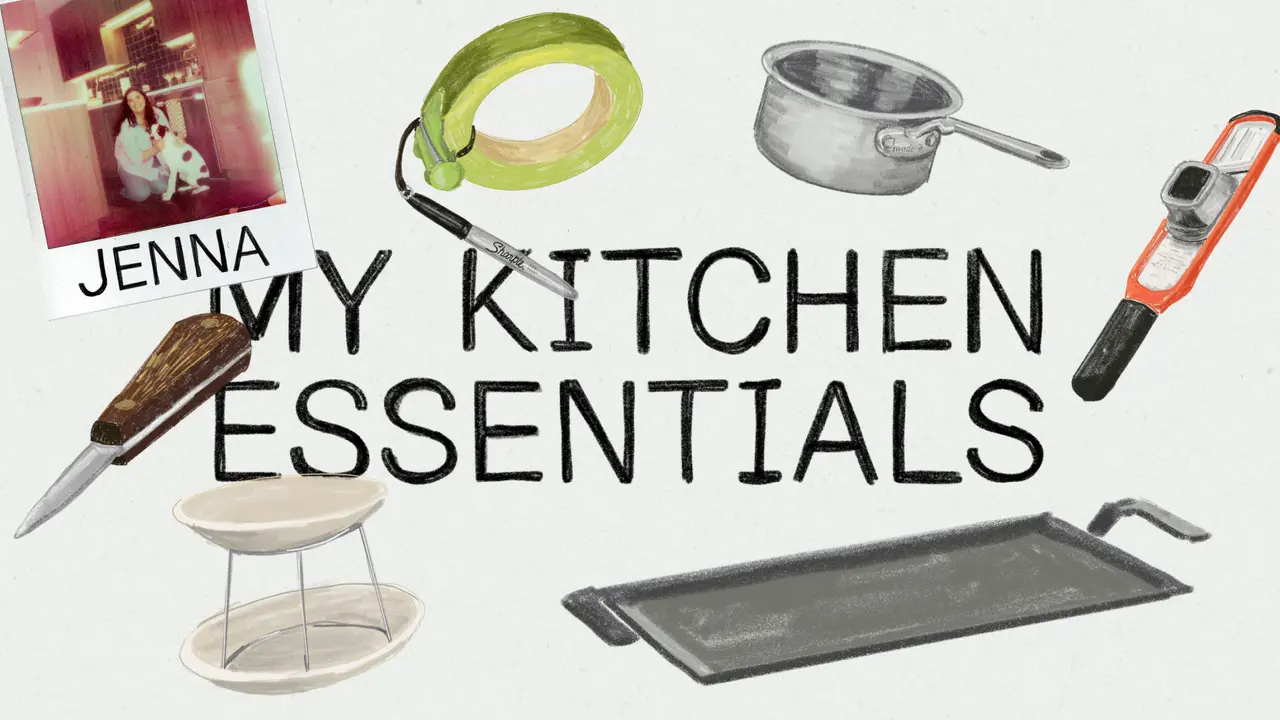There are plenty of hard and fast culinary rules, but none appear to be so deeply ingrained in the chef psyche as the laws governing kitchen organization. Something akin to religious doctrine, this universal code of conduct—how to respectfully label containers, FIFO, and so on—turns restaurants into well-oiled machines that stay not only up to code, but consistent, efficient, and fast. Without it, you get this sort of thing.
In the home kitchen, the stakes are lower and the stakeholders fewer (thank God) but the ideas below will still save you some combination of time, money, effort, space, and waste. It’s just a matter of how much.
FIFO (First in, First Out)
First in, first out—or FIFO—is a kitchen organization protocol used to minimize waste, improve food safety, and streamline ingredient rotation. Its premise is simple: older ingredients that are nearing expiration are used first, and both cold and dry storage should be arranged accordingly.
“The first step to FIFO is physically organizing products so the first thing you see is the first item to use,” says Chef Irene Li, co-founder of Mei Mei in Boston, over email. Being more in tune with what ingredients you already have and which of them should be used first will also help inform what you need to buy, eliminating unnecessary purchases and duplicates.
The 2022 James Beard Leadership Award winner, Chef Li has a proven track record for successfully running restaurants with dexterity, clarity, and integrity. Her forthcoming book, the second collaboration with sister and co-author Chef Mei Li (who also co-founded Mei Mei with Irene and their brother Andrew), teaches cooks to do the same at home. In Perfectly Good Food, the two encourage cooks to limit food waste by shopping at home: “For example, if a recipe calls for a tablespoon of parsley and you don't have any, maybe you can use a bit of leftover cilantro,” suggests Chef Li. “And if it works, hey, you just invented a new dish!”
Mise en Place
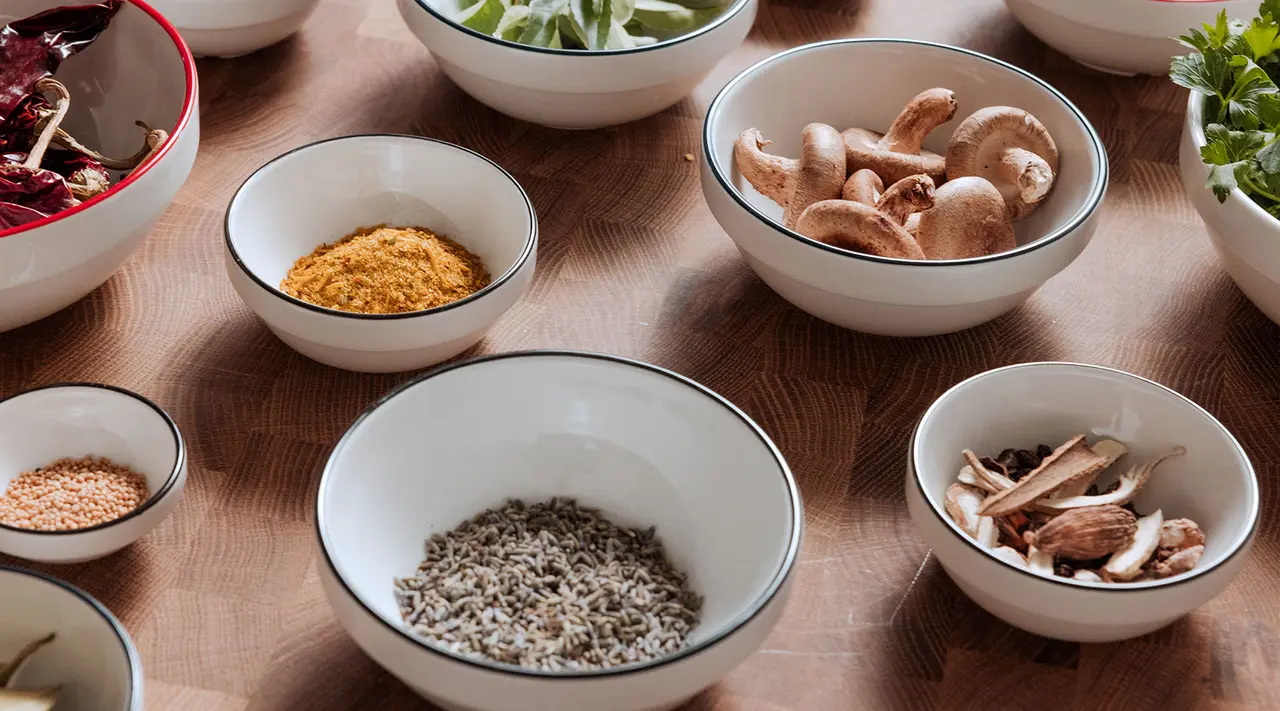
In French, mise en place translates to something along the lines of “everything in its place.” It refers to the practice of assembling and preparing all ingredients and tools before any cooking happens. In restaurant kitchens, mise en place is an unspoken rule—everyone knows that an organized and orderly kitchen creates more efficiency and less stress, so there’s no need to discuss it.
Home kitchens don’t have quite so many moving parts, so mise en place isn’t strictly necessary. It’s also not strictly fun, which is why most home cooks tend to avoid it. Sometimes it’s just a matter of having the right tools—in this case, a variety of containers or bowls to hold your prepped and measured ingredients.
Chefs use deli containers and Cambros because they’re abundant and cheap, but at home, making mise en place a bit more ceremonious also makes me more likely to do it. If you’re the same way, Made In’s artisan-crafted Mise en Place Set is a great option for its beauty, durability, and versatile range of sizes.
Organize Your Refrigerator Like a Walk-In
The fridge is probably where most home cooks go wrong. In professional kitchens, food safety dictates a very specific storage system organized by temperature, drip potential, and ready-to-eatness.
But there’s more to it than simple placement. “A lot of people make the mistake of packing their fridges full,” says Chef Kiki Aranita, who also moonlights as a food writer, co-owner of Philadelphia’s Poi Dog, and certified health code savant. “Taking advantage of every last inch is fine in the freezer, but attempting that in your fridge limits airflow and speeds up spoilage.”
To combat this, organize your fridge how a restaurant organizes their walk-in: with prepared foods on the top shelf and raw ingredients below. Proteins and other items are sorted according to cooking temperature—ingredients with a lower food-safe cooking temperature (like seafood at around 145F) towards the top, and higher (like poultry, 165F) at the bottom. (The USDA’s Safe Minimum Internal Temperature Chart is helpful when organizing.)
“Another related strategy is having an ‘eat me first’ box in your fridge—something visually obvious, at eye-level, for things that need to go and fast!” Adds Chef Li. “It's the converse of ‘out of sight, out of mind.’ Things like half a lemon, yogurt about to expire, or leftovers are all perfect candidates.”
Drip-prone ingredients require a bit of extra attention. “Fish should be wrapped in parchment paper and set over ice in a perforated pan, which is placed on another pan to catch any drips,” explains Chef Aranita. This ensures proper airflow, keeps your fridge clean, and protects other ingredients from a surprise reverse ceviche marinade.
And if you’re unable to use ingredients within a food-safe time frame, there’s an easy solution. “Freezers are super underutilized in most home kitchens, but they're not designed in a way that facilitates good organization,” says Chef Li. “I'd like to see more home cooks use the freezer with intention—we have tons of tips about that on our website, Food Waste Feast, and in our new book.”
Labeling and Storing
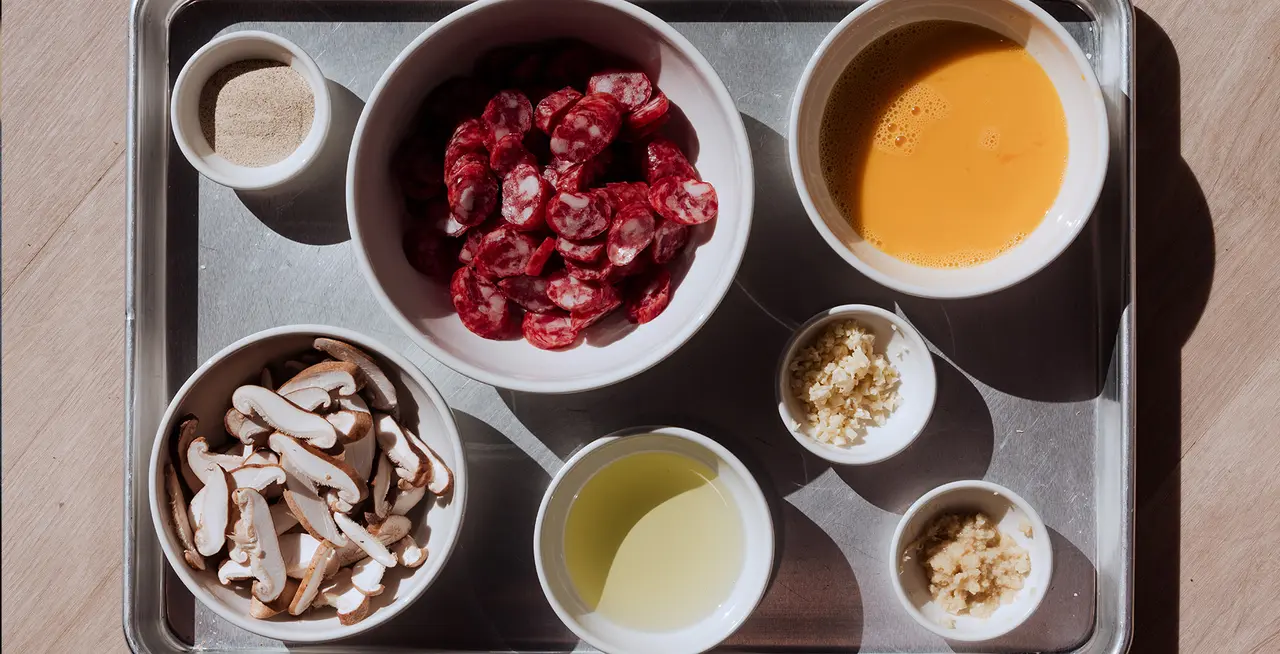
Chefs are dogmatic about labeling containers, and it seems like the rest of back-of-house staff feel just as strongly. Not just what gets labeled (everything) but how it’s labeled. “A clean and organized kitchen helps keep your mind organized, too. Labeling is a huge part of this, making sure you don't end up with mystery containers.” says Irene.
Before being stored, every container is labeled with what’s inside, when it was packed, and who packed it. In addition to streamlining kitchen communications when staff operate on different shifts, it’s an essential food safety precaution protecting guests from food-borne illnesses.
One-inch blue masking tape and a Sharpie is standard in restaurants—for some, ripped tape is inexcusable. “I'm a bit obsessive about cutting my tape, but my husband is even more so—he folds one corner over so it's easier to rip off,” explains Kiki, who follows the practice at work and at home. “I think it's bad manners to not cut the tape in a restaurant kitchen, and especially inconsiderate toward the dishwasher who's going to be struggling to peel that tape off. For me, it’s about having a holistic awareness of your establishment.” At home, scissors are cheap and take up little space, but a dispenser may be easier.
As for the containers themselves, deli containers are all you need to solve most kitchen storage quandaries. Professionals use them as a countertop compost container, drinking glasses, low-volume storage, bulk bin scoops, measuring cups, and tomato slicers—they are indisputably the WD40 of professional kitchens. Paired with Cambros, there’s nothing you can’t store.
“It's not pretty, but my husband and I closed two restaurants and a food truck altogether, so I'm definitely not gonna go spend money on flimsier versions of my sturdy and stackable deli containers and Cambros.” says Chef Aranita.
Keep Your Workstation Tidy

Once you’ve assembled all your ingredients and your mise is good to go, designate your work station. Move clutter to make sure you have the space you need, or mentally partition a stretch of countertop that’s just enough. Sprawling your cooking generates more mess to clean up and is inadvisable, unless it’s the day before Thanksgiving and you’re staking out territory.
Every cook should have at least one colossal cutting board, ideally with a canal along the edge of one side to catch errant ingredients and protect counters from drips. When you’re ready to measure out ingredients, set the cutting board on a kitchen towel for stability, and always use a sharp knife—contrary to popular belief, it’s actually blunt blades that are the most dangerous.
Tidy as you go, moving each ingredient into a dedicated receptacle where it’ll hang out until showtime. For a streamlined cooking process, the Prep Set combines everything you need to chop, dice, mince, slice and whatever else quickly. Or for whenever you want to make something picture-perfect, with clean, straight cuts, everything measured out and ready to go ahead of time, and a maximized workspace thanks to the hefty Butcher Block.
The organizational habits that keep restaurant kitchens running like clockwork are just that: habits. Pretty easy ones to adapt to a home kitchen, too, and some of which you may already be doing. The rest are pretty obvious in hindsight—and just in time for some spring cleaning.
